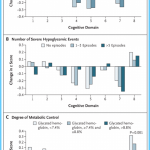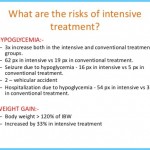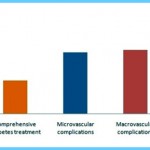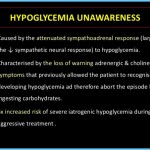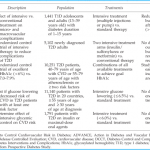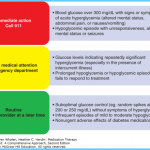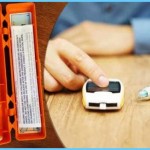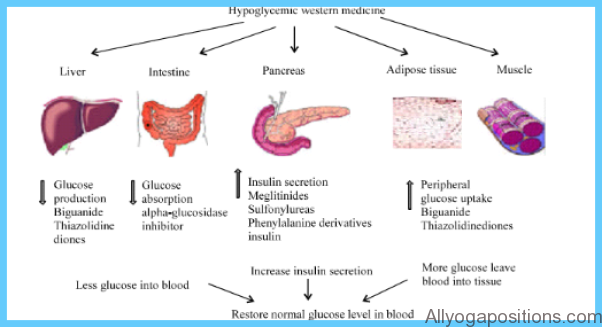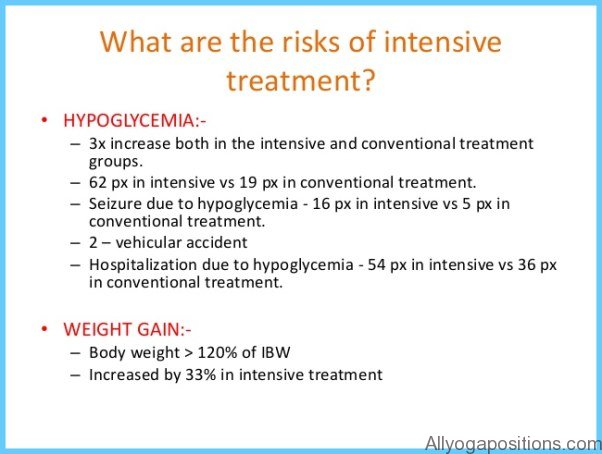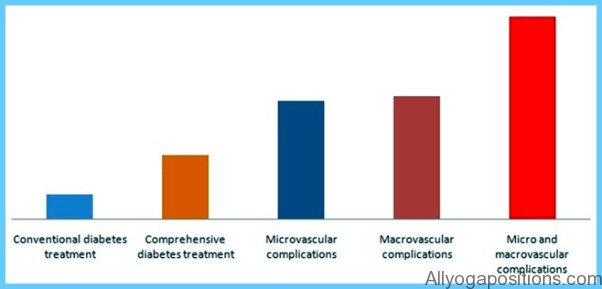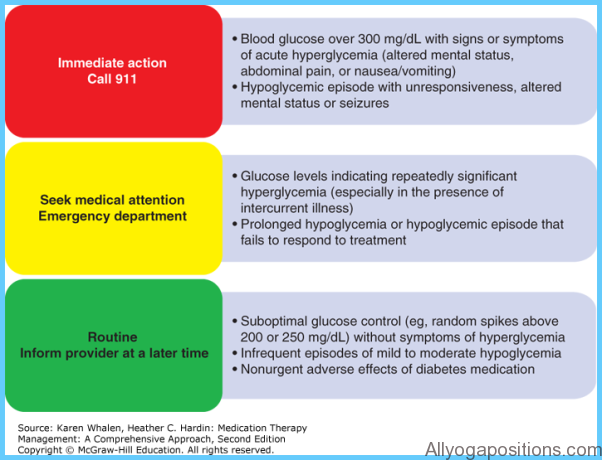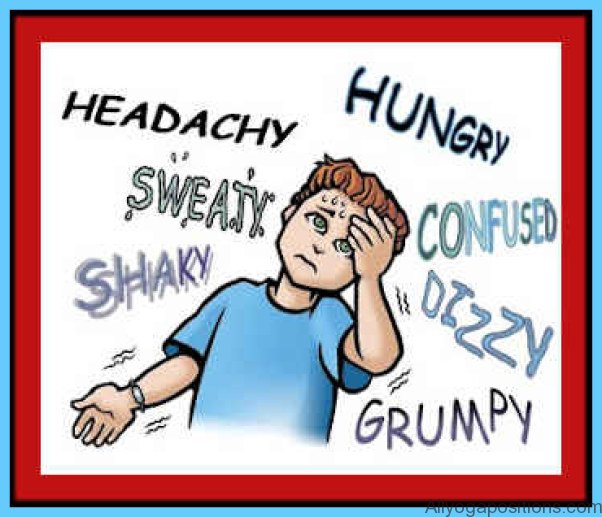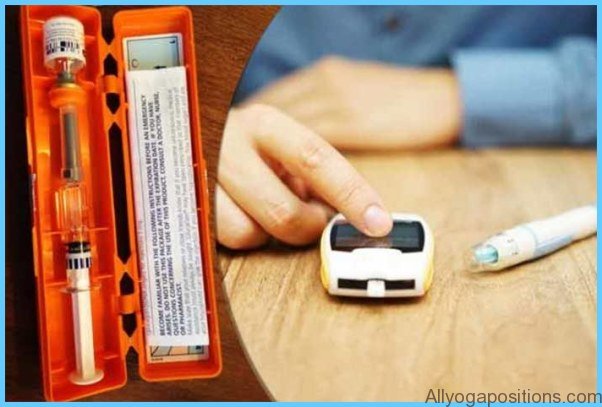In most cases, the symptoms of hypoglycemia will quickly improve when you consume sugar in any form. Eating candy, sugar cubes, glucose or dextrose tablets or drinking a glass of fruit juice, milk or sugar water will immediately raise your blood-sugar levels, making you feel much better. If you do experience a low blood-sugar reaction, treat it immediately by consuming 10 to 15 grams of carbohydrates such as 5 Life Savers, a half banana, or 1/2 to 3/4 cup (125 – 175 ml) fruit juice.
If you have diabetes or you are prone to recurring episodes of hypoglycemia, you should always carry some candy or other type of sugar. Glucose tablets are widely available in drugstores in the diet section. They are handy to have in the event of a low blood-sugar reaction when you are away from home and don’t have access to food; three tablets give you 10-15 grams of carbohydrates. In severe cases of hypoglycemia, an injection of glucagon or intravenous glucose may be necessary to restore blood-sugar levels.
Hypoglycemia that develops after gastrointestinal surgery can often be managed by eating small, frequent meals and following a high-protein, low-carbohydrate diet. A hereditary intolerance of fructose (fruit sugar) or galactose (milk sugar) is treated by eliminating the foods that cause hypoglycemic symptoms.
Managing Hypoglycemia
This section focuses on nutritional strategies that will help you maintain a consistent blood-sugar level, and so be less vulnerable to hypoglycemia. While some of my recommendations are helpful for women with diabetes, for the most part they are intended for women who have hypoglycemia that is not related to medication that lowers blood sugar.
Over the years, I have had many clients seek my help for managing their hypoglycemia. They have learned that following the proper diet is key to preventing hypoglycemia. Instead of relying on fast-acting carbohydrates to treat a low blood-sugar reaction, use the strategies below to prevent a sugar low from occurring in the first place.
DIETARY STRATEGIES Meal Timing
One of the first and most important ways to prevent a low blood-sugar reaction is to eat regularly throughout the day. After eating a meal, your blood sugar will peak in 45 to 90 minutes. After this point, your sugar level starts its decline. If you suffer from hypoglycemia, you should eat every three hours. That means eating three meals and three snacks. Here’s what a meal and snack schedule might look like if you work during the day from nine o’clock to five o’clock (note that time spans are to show approximate time of meal or snack, not duration):
Breakfast: 7:30-8:00 a.m.
Snack: 10:00-10:30 a.m.
Lunch: 12:00-1:00 p.m.
Snack: 3:00-4:00 p.m.
Dinner: 6:00-7:00 p.m.
Snack: 8:00-9:00 p.m.
Eating at regular intervals sounds simple, yet many people don’t make this a prior-ity—they’re too busy running from meeting to meeting, working through their lunch hour or racing out the door to pick up children. I can’t tell you how often I hear people complain that they don’t even have time to eat breakfast before they rush off to work.
Once you get into a consistent pattern of eating, you will feel much better. And if you choose the right foods at your meals and snacks, chances are you’ll forget you’re vulnerable to hypoglycemic reactions. So now that you have your eating schedule down pat, the next step is choosing foods with longer-lasting energy. Keep reading!
The Glycemic Index
You are already familiar with the fact that carbohydrate-containing foods (e.g., starches, fruits, milk, sugars) eventually wind up as glucose in your bloodstream. So it makes sense that you can prevent hypoglycemia by eating carbohydrates. But not all carbohydrates behave the same way when it comes to raising your blood sugar. Some carbohydrate-rich foods are digested and absorbed into your bloodstream quickly while others are broken down and converted to blood glucose slowly.
Why does this make a difference if you have hypoglycemia? Let’s say you eat two slices of white toast for breakfast. White bread (and whole-wheat bread) is digested relatively quickly, causing your blood sugar to rise quickly. This rapid rise in blood glucose triggers your pancreas to release an excessive amount of insulin, causing your blood-glucose level to drop to a very low level. On the other hand, a bowl of high-fiber breakfast cereal with low-fat milk is digested and absorbed more slowly, causing a gradual rise in blood sugar. Because this meal does not result in a fast blood-sugar response, you don’t get a surge of insulin. As a result, your blood-sugar level won’t plummet. Instead you will experience a smooth, steady blood-sugar level leading to more consistent energy levels.
The rate at which a food causes your blood sugar to rise can be measured and assigned a value. This measure is referred to as the food’s glycemic index value. The glycemic index (GI) is a ranking from 0 to 100. The number tells you whether a food raises your blood glucose rapidly, moderately or slowly. Foods that are digested quickly and cause your blood sugar to rise rapidly have high glycemic index values. Foods that are digested slowly, leading to a gradual rise in blood sugar, are assigned low glycemic index values. All foods are compared to pure glucose, which is given a value of 100 (fast acting).
Now let’s use the glycemic index to manage your hypoglycemia. The key is to choose carbohydrate foods that do not cause large increases in blood sugar.
• Choose low GI foods at your meals and snacks.
• Avoid eating high GI foods as snacks, as they can trigger low blood sugar.
• Combining a high GI food with a low GI food will result in a meal with a medium GI value.
Soluble Fiber
Many of the foods with a low glycemic index value tend to be higher in a special kind of fiber, called soluble fiber. Dried peas, beans and lentils, oats, barley, psyllium husks, apples and citrus fruits are all good sources of soluble fiber and, as you can see from the GI table, these foods also have a low GI. When you eat these foods, the soluble fiber forms a gel in your stomach and slows the rate of digestion and absorption. That means your blood sugar will rise at a slower rate and your pancreas won’t produce excessive amounts of insulin.



